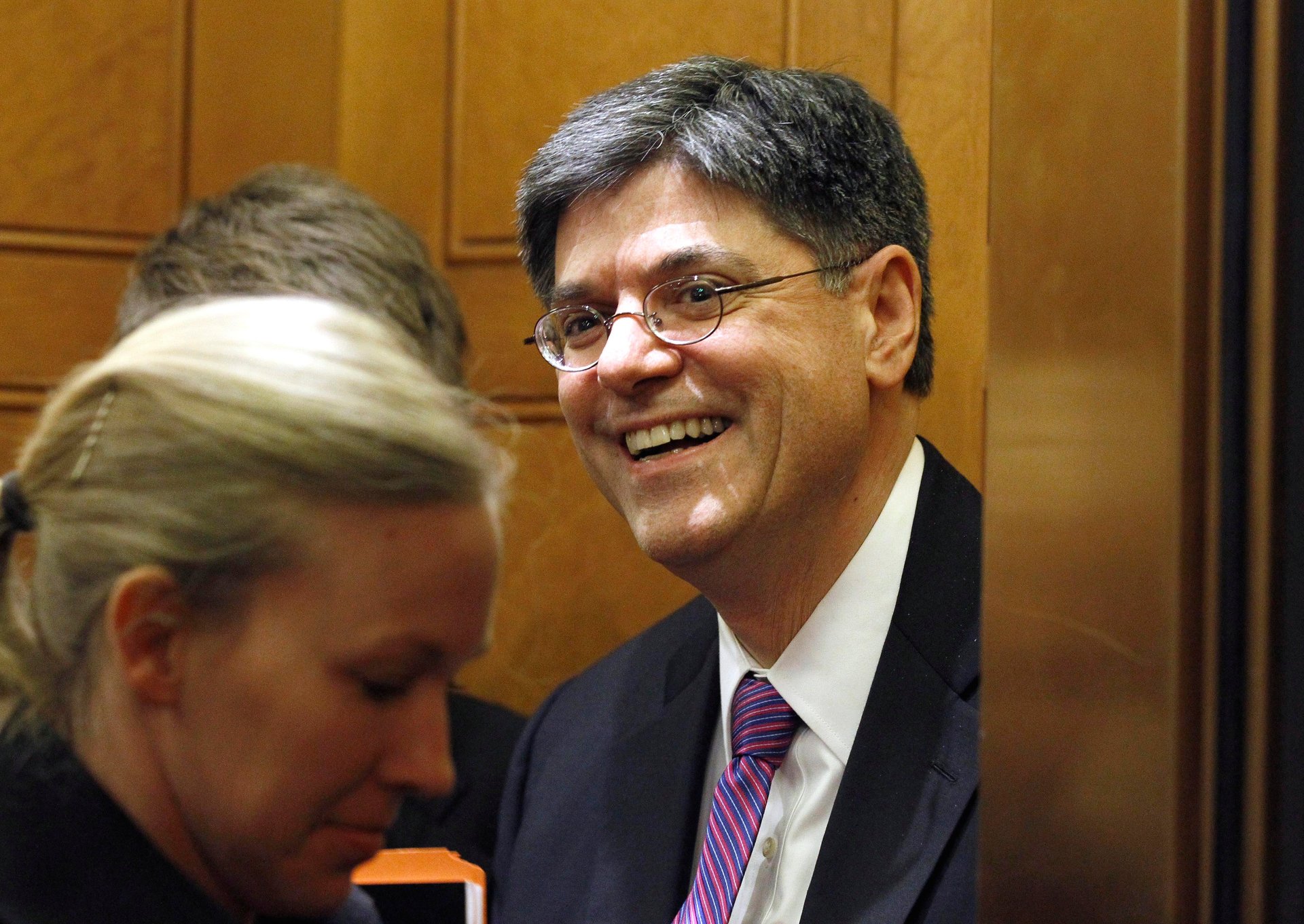The new US government retirement accounts are pretty good—unless you plan to save for retirement
The long awaited myRA launched this week. Fundamentally, it’s aimed in the right direction, as it addresses a serious problem: Millions of Americans—mostly those with low incomes—don’t have access to a workplace retirement account and aren’t saving for their golden years at all. The myRA fills that gap by offering anyone who earns less than $131,000 (for singles) or $193,000 (for couples) accounts that take after tax contributions automatically from their paycheck or bank account. As an added benefit, you don’t need to make a single investment decision. The government takes care of that, investing everyone’s money in the government securities investment fund, or G-fund. Treasury Secretary Jacob Lew points out there will be no fees and no risk of losing any money. Plus, you don’t pay tax on interest payments. It sounds like a good deal, and it is—but only if you don’t plan to use myRA to finance your retirement.


The long awaited myRA launched this week. Fundamentally, it’s aimed in the right direction, as it addresses a serious problem: Millions of Americans—mostly those with low incomes—don’t have access to a workplace retirement account and aren’t saving for their golden years at all. The myRA fills that gap by offering anyone who earns less than $131,000 (for singles) or $193,000 (for couples) accounts that take after tax contributions automatically from their paycheck or bank account. As an added benefit, you don’t need to make a single investment decision. The government takes care of that, investing everyone’s money in the government securities investment fund, or G-fund. Treasury Secretary Jacob Lew points out there will be no fees and no risk of losing any money. Plus, you don’t pay tax on interest payments. It sounds like a good deal, and it is—but only if you don’t plan to use myRA to finance your retirement.
The G-fund earns an interest rate that is based on a weighted yield of all outstanding US treasuries with maturity greater than four years. Last year it earned a 2.31% return, before inflation, which was near zero last year. But if inflation goes up, there’s no guarantee the fund returns will keep pace.
Low returns may mean low risk of losing nominal money, but it also means you miss out on years of compounding any gains. And, oddly, after the account grows to $15,000 you must roll it into an Roth IRA, where you must invest the money yourself, most likely in riskier assets. The idea of putting people in low risk assets early in their lives (when they have more years of income ahead of them) and then riskier assets as they age and are more vulnerable to losses doesn’t make much sense.
In addition, myRA mainly targets low earners, and, as I’ve explained before, there’s a good case that low income people should invest in risky assets for retirement. Plus, there’s something disturbing about keeping poor people out of the stock market—one of the biggest generators of wealth—in a world of worsening inequality. As a retirement investment, the myRA isn’t a good bet.
All that said, myRA is a great way to build an emergency fund or buy a house in the near future. That’s because there’s no penalty for withdrawing money you put in before you retire (though in many cases you do pay penalties on taking out interest income if you are under age 59.5). Ideally, you want your emergency fund to earn stable returns so it’s there when you need it. This certainly meets that standard. And while the G-fund interest rate may be low, it will normally be higher than a short-term treasury, savings account, or money market fund (which pay almost nothing)—the only other assets that offer similar liquidity and low risk.
The G-fund, and by extension the myRA, offers a nice investment enticement: It pays the same yield you’d get on a long term bond, but with the liquidity normally found with a short term one. If you plan to use the account for retirement, however, the value of that benefit is not worth it (compared to what you give up by forgoing stock market investing). But if you plan to use myRA for shorter term savings, the government is offering decent upside and an easy way to save.